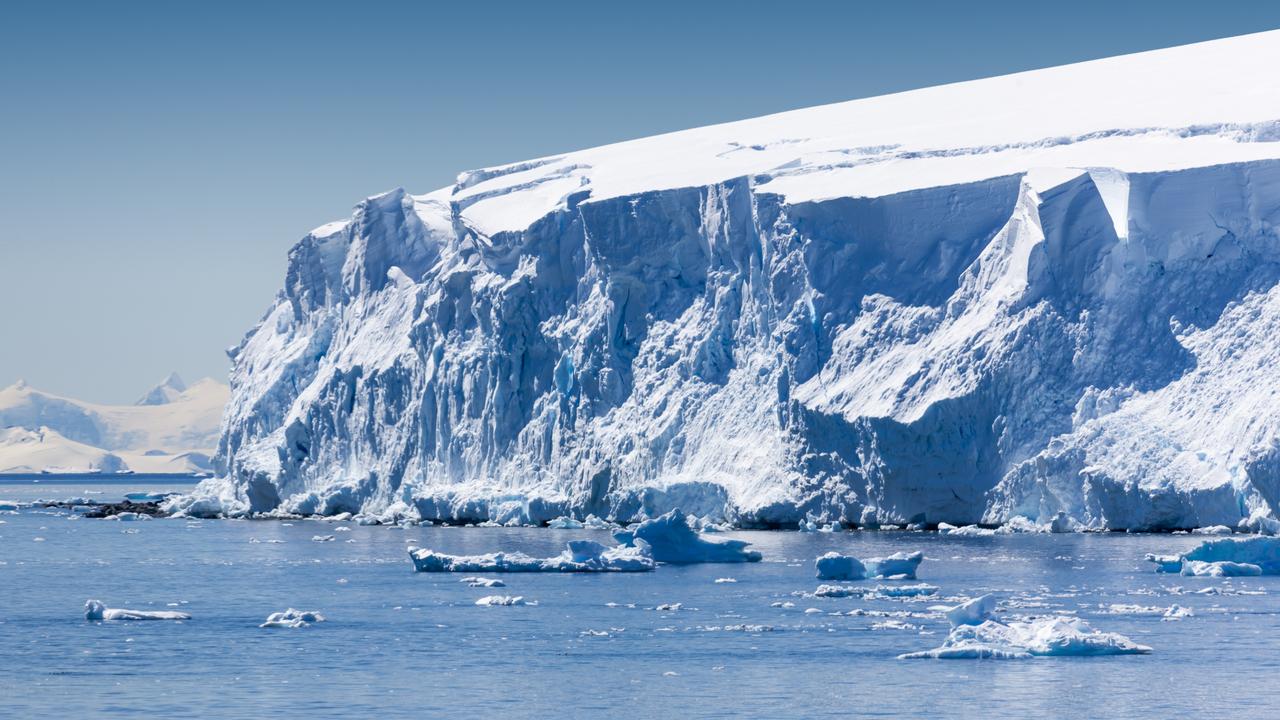
A Florida-sized glacier in the western Antarctic is currently holding back enough ice to raise sea levels around the world by 10 feet. And a new study found its safeguards could collapse in less than a decade.
One of the largest glaciers in Antarctica, known as the “Doomsday glacier”, is experiencing dramatic changes and this could have serious consequences for sea-level rise in as little as five years.
Scientists are warning that a huge ice shelf, which juts out over the water and is part of the Thwaites glacier, is at risk of breaking off within years.
The glacier is the size of Britain and holds enough water to raise sea levels by 65cm.
It is so large that scientists in both the United States and the United Kingdom identified it as the most important glacier to study to understand sea level rise within this century.
This week, alarming findings from the work of scientists who are part of the International Thwaites Glacier Collaboration were presented at the American Geophysical Union’s annual meeting.
They believe the ice shelf could be at risk of collapsing in as little as five years and if this happens it could accelerate the melting of the glacier.
The glacier already contributes 4 percent of annual global sea-level rise and if it melts, then sea levels could rise by several feet.
“The glacier in its entirety holds enough water to raise sea level by over two feet (60cm),” Professor Ted Scambos, a senior research scientist at the Cooperative Institute for Research in Environmental Sciences (CIRES) has previously stated.
“And it could lead to even more sea-level rise, up to 10 feet (3 meters), if it draws the surrounding glaciers with it.”

Prof Scambos is the US lead co-ordinator for the International Thwaites Glacier Collaboration, a team of nearly 100 scientists funded by the US and UK to study the glacier.
One of the reasons why the glacier’s ice shelf is so important is because it slows the flow of ice off the continent into the ocean. If it collapses, more ice will drift away, accelerating the pace of sea-level rise.
“As it’s structured right now this ice shelf acts as a dam, but it’s not going to for very long,”
Associate Professor Erin Pettit of Oregon State University told the AGU conference.
“The collapse of this ice shelf will result in a direct increase in sea level rise pretty rapidly.”
She told the conference “shattering” of the ice due to rapidly forming cracks was one of three drivers for the collapse of the ice shelf.
It’s also being undermined by warmer ocean water underneath it, which is causing it to melt, and it could also lose its grip on an underwater mountain about 50km offshore.
“This glacier could all by itself begin to significantly affect sea-level rise,” Prof Scambos said.
Research being presented about the three drivers for the collapse of the Thwaites ice shelf during the American Geophysical Union meeting. Source: AGU
Researchers say that satellite data, ground-penetrating radar, and GPS measurements suggest that final collapse of the glacier’s last remaining ice shelf could occur within as little as five years.
More Coverage
‘Disturbing’ Antarctic void discoveredAntarctica’s looming ice apocalypse
“Over the last several years, satellite radar imagery shows many new fractures opening up,” information on the research states.
“Similar to a growing crack in the windshield of a car, a slowly growing crack means the windshield is weak and a small bump to the car might cause the windshield to suddenly break apart into hundreds of panes of glass.”
Image showing Thwaites Eastern Ice Shelf (TEIS) and areas of growing cracks. Source: AGU

